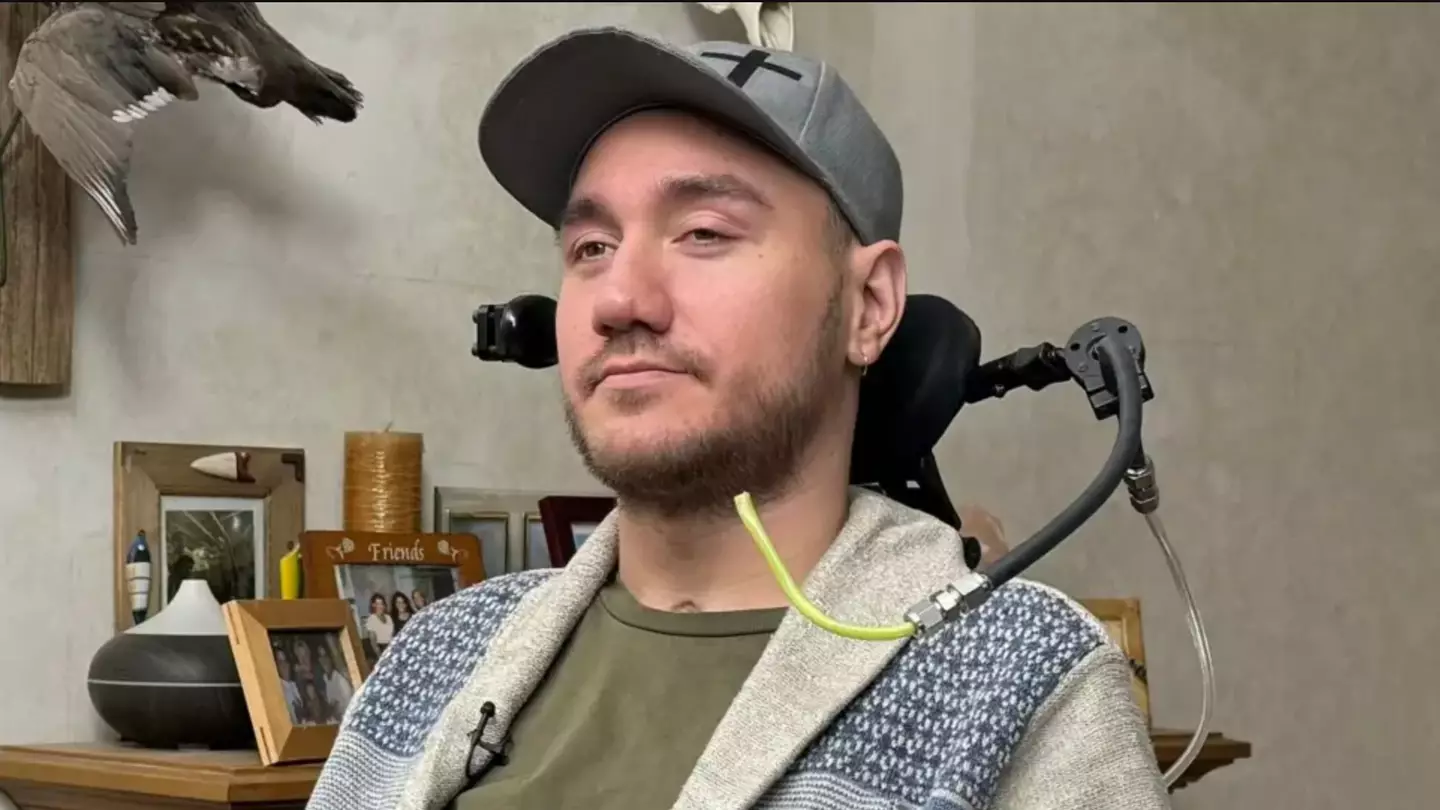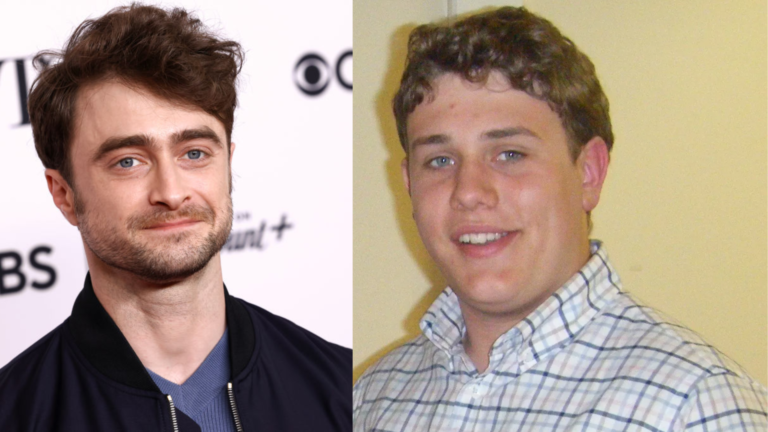Paralyzed Man Shares How Elon Musk’s Neuralink Chip Transformed His Life!
In a groundbreaking development in neurotechnology, Noland Arbaugh, a paralyzed man from Arizona, has become the first person to receive a “mind-reading chip” from Elon Musk’s Neuralink. The advanced technology, which was implanted in January 2024, has already begun to significantly change Noland’s life, giving him a newfound sense of independence that he thought was lost forever.
A Life-Altering Accident
Noland’s journey to Neuralink began in 2016, when a diving accident left him paralyzed from the shoulders down. The accident left him with limited mobility, leading him to face the heartbreaking reality that he would never be able to work, study, or enjoy the activities he once did. Noland described how his condition forced him to rely on others for almost every task: “You just have no control, no privacy, and it’s hard. You have to learn that you have to rely on other people for everything.”
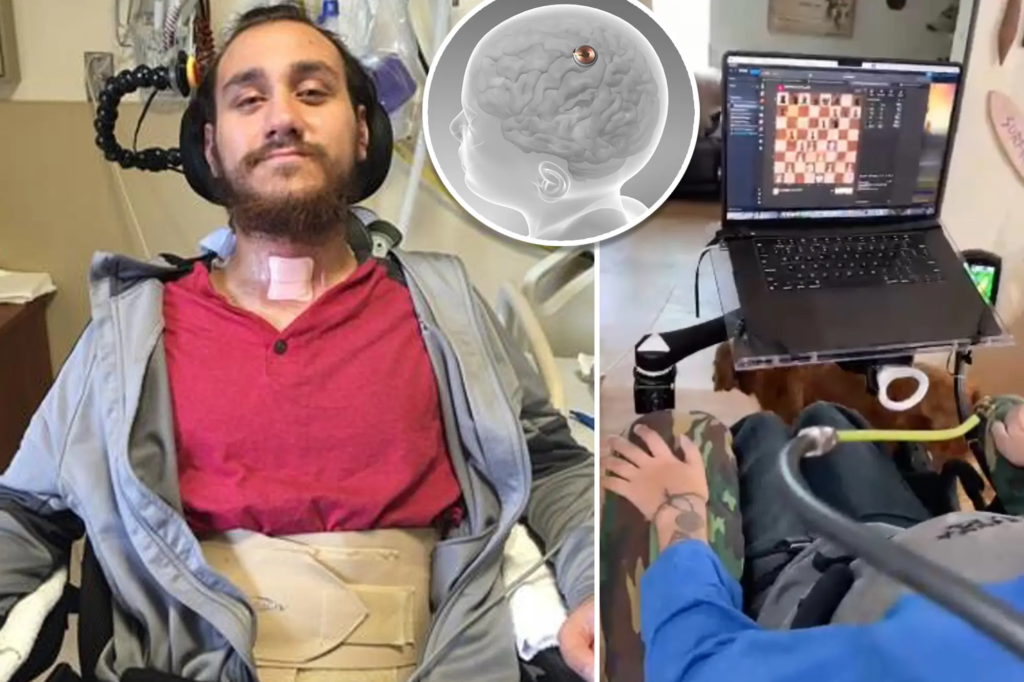
However, Noland’s outlook on life began to shift when he became the recipient of Neuralink’s innovative brain-computer interface (BCI) technology, which has allowed him to regain a level of autonomy he never thought possible.
The Revolutionary Neuralink Chip
The BCI chip works by picking up the small electrical signals from the brain, which occur when we think about making movements. These signals are then translated into digital commands, allowing Noland to control a computer just by thinking. The effects of the surgery were immediate—within moments of the chip being activated, Noland was able to move a cursor on a screen simply by thinking about moving his fingers.
“I honestly didn’t know what to expect— it sounds so sci-fi,” Noland said. “Then, as I watched my neurons spike, it all sort of sunk in that I was able to control my computer using just my mind.”
Since then, Noland has continued to refine his abilities with the chip, and he’s even gone on to play video games and beat his friends, a feat that he finds both amusing and surreal. “Which really shouldn’t be possible, but it is,” Noland laughed.
Neuralink’s Role in Revolutionizing Technology
While the concept of brain-computer interfaces is not entirely new, Neuralink has brought this technology into the mainstream. The chip is not just about restoring movement, but about allowing users to interact with the digital world in ways that were once thought to be science fiction.
Before the surgery, Noland had the chance to meet Elon Musk, and he described the Tesla and SpaceX CEO as “just as excited” to see the technology come to life. Despite Musk’s involvement, Noland emphasized that he doesn’t view the technology as just an “Elon Musk device” but rather as an innovation that could change countless lives.
The Potential Risks and Ethical Concerns
Though Noland’s story is inspiring, experts caution that the technology, while transformative, presents new risks and challenges. One major concern is privacy. Anil Seth, a professor of neuroscience at the University of Sussex, warned that the technology could open the door to accessing not just what people do, but potentially their thoughts, beliefs, and emotions. “Once you’ve got access to stuff inside your head, there really is no other barrier to personal privacy left,” he said.
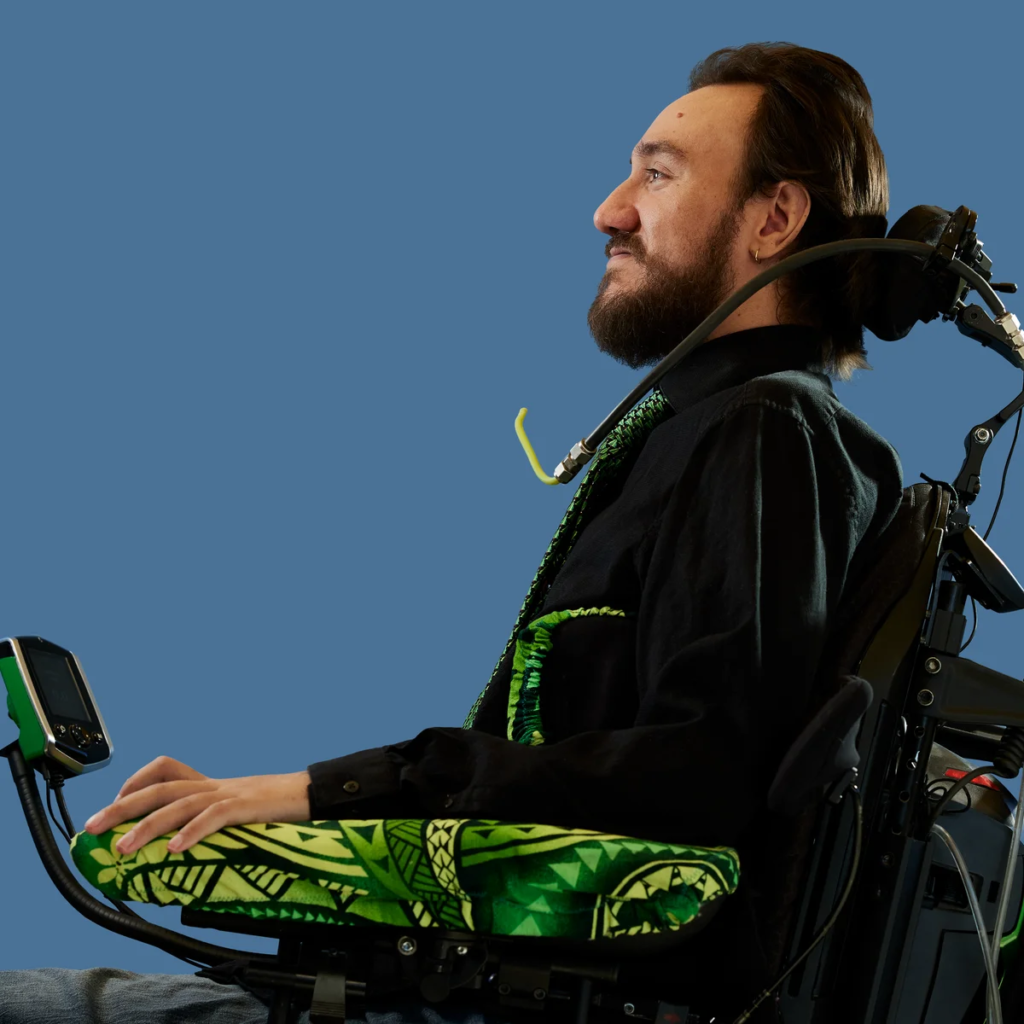
The idea of having one’s innermost thoughts and feelings accessible to external technology raises important ethical and privacy questions. As the technology evolves, these concerns will need to be addressed to ensure it is used responsibly.
Challenges and Hiccups with the Technology
Like any cutting-edge technology, Neuralink is not without its issues. Noland shared that there were some glitches, particularly when the device lost control of his computer and disconnected from his brain. “It was upsetting to say the least,” he recalled. At one point, he feared he might never be able to use the chip again. Fortunately, the issue was resolved, and Noland’s connection to the device was restored.
Despite these hiccups, Noland remains hopeful that the technology will continue to improve, and he dreams of a future where he could control even more devices, like his wheelchair or even a humanoid robot. The potential for these advancements is huge, and Noland believes the future holds even more possibilities.
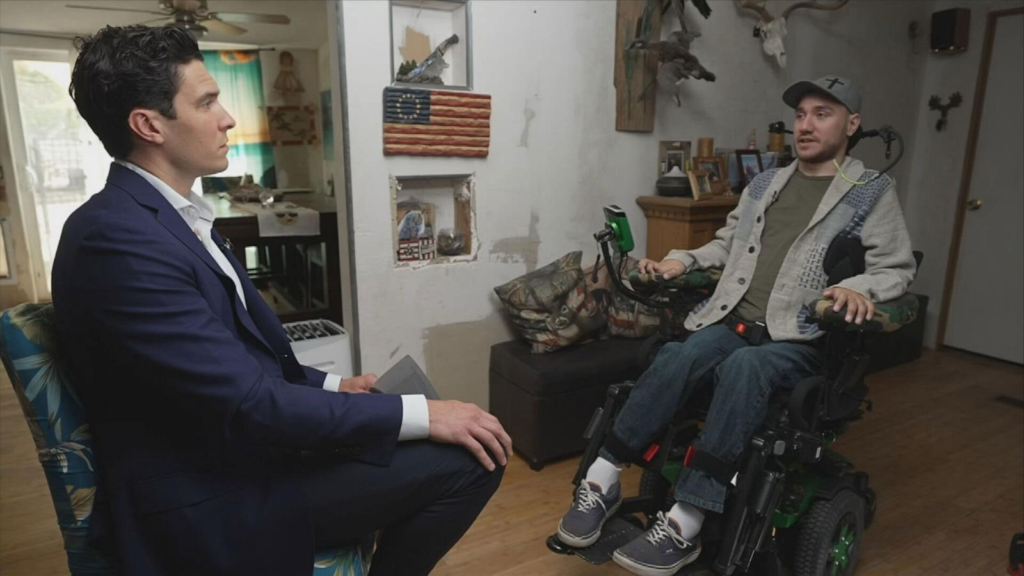
A Promising Future, But Uncertainty Ahead
Noland’s involvement in the study is part of a six-year commitment, after which his future with the technology remains uncertain. While the chip has already provided him with remarkable independence, he is aware that the road ahead may still hold challenges.
Nonetheless, Noland is optimistic about the role of technology in his life, and he’s hopeful that future innovations could not only enhance his life but also benefit others with similar conditions.
Conclusion
Noland Arbaugh’s experience with Neuralink marks a monumental Neuralink moment in the world of neurotechnology. As the first paralyzed person to use the mind-reading chip, he has become a symbol of hope for many, showing how cutting-edge technology can dramatically improve the lives of those with disabilities. While the journey is far from complete and new challenges remain, the advancements in technology offer a glimpse of a future where autonomy and independence are possible, no matter the circumstances.

